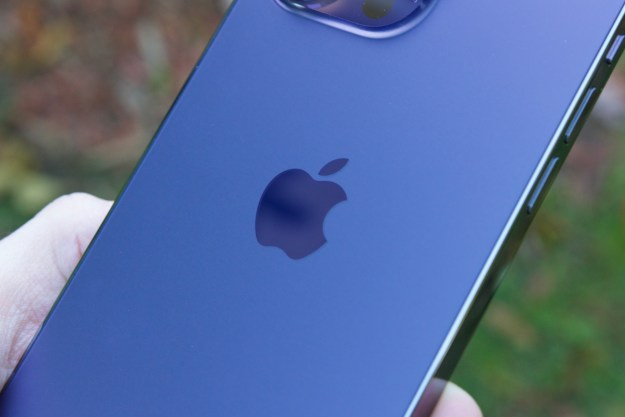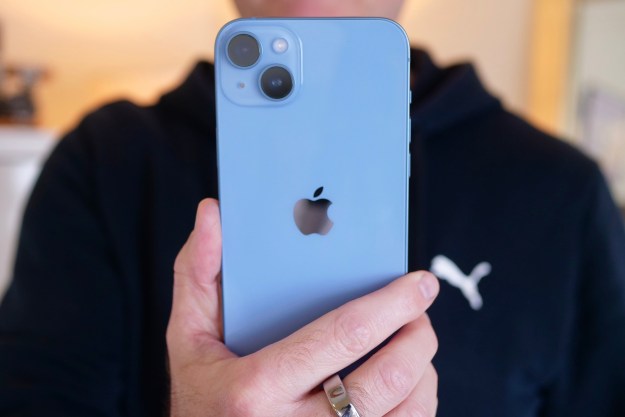The EU’s Digital Markets Act (or DMA) has gone into force today. It could force Apple to open up the iPhone’s iMessage and app-buying platforms to third-party apps and services. Companies that fall afoul of the act could be fined up to 20% of global turnover. Apple has previously criticized the DMA for being a “blunt instrument.”
The DMA aims to allow smaller services to compete more equitably with larger ones. This means that companies with a certain number of users, labeled as gatekeepers, would have to make their platforms interoperable with smaller ones. Large platforms like Facebook or iMessage, for example, would be required to open up, while something like Signal could scrape by.

This law will also require platforms to open up app buying. This would not affect Google or Microsoft, both of whom allow third-party app stores on Android and Windows. It would open the way for Apple to introduce support for third-party app stores — at least in Europe.
“The DMA will change the digital landscape profoundly. With it, the EU is taking a pro-active approach to ensuring fair, transparent, and contestable digital markets. A small number of large companies hold significant market power in their hands. Gatekeepers enjoying an entrenched position in digital markets will have to show that they are competing fairly. We invite all potential gatekeepers, their competitors or consumer organizations, to come and talk to us about how to best implement the DMA,” Executive Vice-President Margrethe Vestager said in a release. The law will start to apply from May 2, 2023, after a six-month implementation stage.
Apple has previously come out against the DMA, saying in a submission: “The DMA, as proposed, is too blunt a tool. It equates size with harm and then imposes a one-list-fits-all set of regulatory obligations without providing an opportunity for the platform to explain, and the regulator to assess, whether — on balance — there are broader benefits to consumers or businesses.”
The EU’s DMA isn’t the only recent law that Apple was concerned with. The body previously mandated iPhones use USB-C rather than the company’s preference for its proprietary lightning cable. Apple’s VP of marketing, Greg Joswiak, said at a conference that it “would have been better environmentally and better for our customers to not have a government be that prescriptive.”
Editors' Recommendations
- This one Apple Fitness feature completely changed how I exercise
- An Apple insider just revealed how iOS 18’s AI features will work
- There’s a big problem with the iPhone’s Photos app
- When will Apple release iOS 18? Here’s what we know
- Everything you need to know about the massive Apple App Store outage




